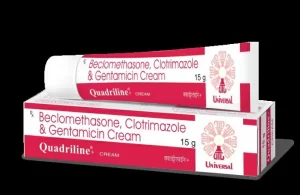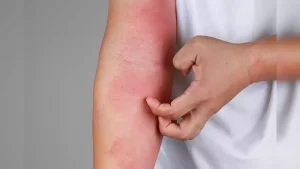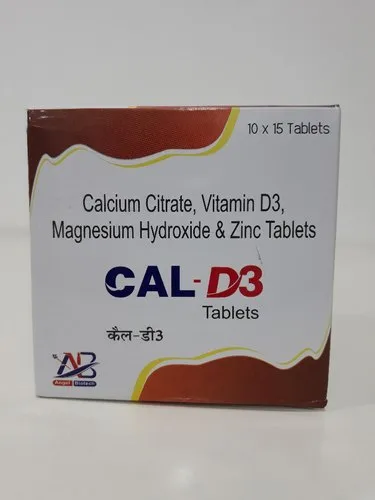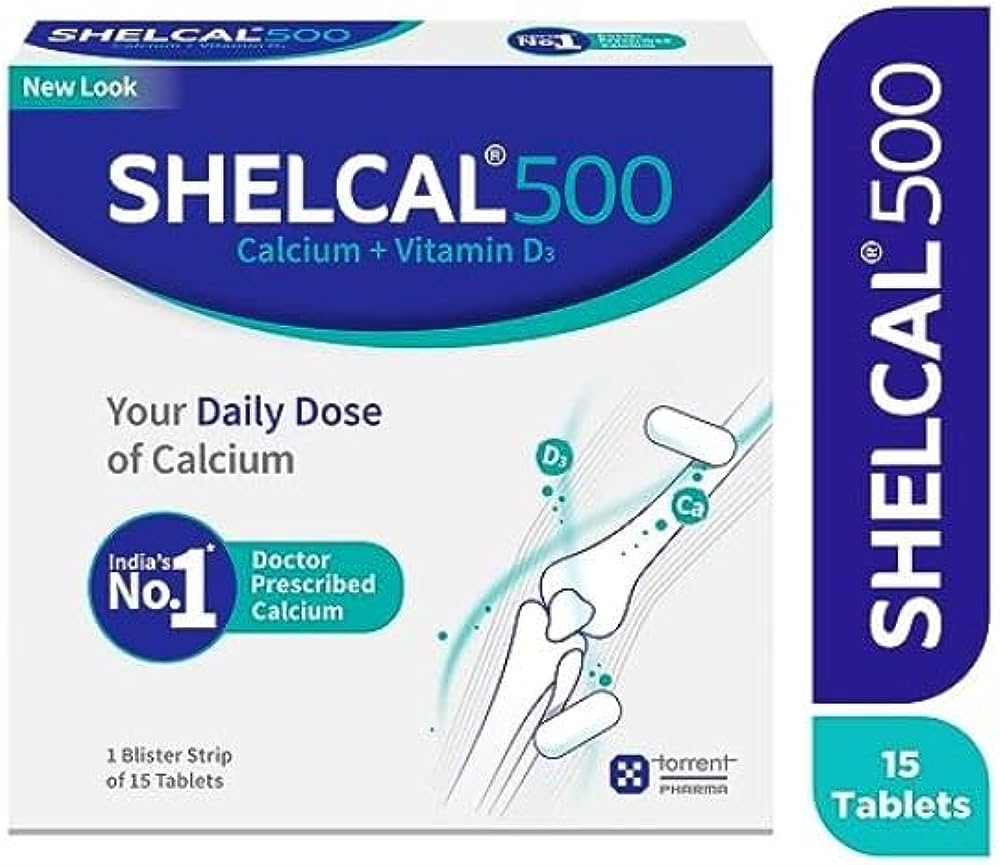Table of Contents
Beclomethasone Clotrimazole Gentamycin Cream is prescribed for the treatment of young microbial skin infections, fungal infections of the armpits and skin creases, inflammation filled with pus, fungal skin infections of the vagina, paronychia, cupping, corticosteroid-reactive skin diseases, candidiasis, tinea versicolor, and other conditions.
Beclomethasone Clotrimazole Gentamycin Cream can also be used for purposes not listed in this medication guide. Beclomethasone Clotrimazole Gentamycin Cream includes the following active ingredients: Beclometasone Topical, Clotrimazole Topical, and Gentamicin Topical. It is available in the form of a cream.
Detailed information related to the uses, composition, dosage, side effects, and reviews of Beclomethasone Clotrimazole Gentamycin Cream is listed below:
How Betametasona Clotrimazol Gentamicina Cream works ?
- Betamethasone: This is a corticosteroid that helps to reduce itching, redness, and swelling caused by various skin conditions. It’s an anti-inflammatory and immunosuppressive agent.
- Clotrimazole: This is an antifungal medication. It is used to treat various fungal infections, such as athlete’s foot, ringworm, and jock itch, as well as candida infections.
- Gentamicin: This is an aminoglycoside antibiotic that fights bacteria. It is used to treat various bacterial infections, particularly those caused by Gram-negative bacteria. In the context of a topical preparation, it would be used to treat bacterial skin infections.
Composition Ratio: The specific concentration or ratio of these ingredients in the cream will vary depending on the manufacturer’s formulation. Commonly, you might find:
- Betamethasone: 0.05% (or 0.5 mg/g)
- Clotrimazole: 1% (or 10 mg/g)
- Gentamicin: 0.1% (or 1 mg/g)
A combination of these three agents would be used for skin conditions that have inflammation, fungal infection, and a bacterial component. As always, this combination should be used under the direction and prescription of a healthcare provider, as there are potential side effects and contraindications to consider
How to Use Betametasona Clotrimazol Gentamicina Cream ?
- Clean and Dry: Before application, ensure the affected area of skin is clean and dry.
- Apply a Thin Layer: Squeeze a small amount of the cream onto your finger and gently spread a thin layer onto the affected area. Ensure it covers the entire affected area.
- Avoid Rubbing: Gently dab or pat the cream on the skin, but do not rub it in aggressively. The idea is to leave a thin layer on the surface.
- Avoid Sensitive Areas: Be careful to avoid contact with the eyes, inside the nose, ears, and mouth. This cream is for external use only.
- Wash Your Hands: After applying the cream, wash your hands thoroughly, unless your hands are the area being treated.
- Frequency: Use the cream as directed by your doctor, typically 1-2 times a day or as prescribed. Always follow the prescribed frequency for best results and to avoid overuse.
- Duration: Do not use it for longer than recommended by your doctor. Overusing or prolonged use can lead to potential side effects.
- Don’t Cover: Unless advised by your healthcare provider, don’t cover the treated area with bandages or other coverings.
- Check for Allergies: If you experience any signs of allergic reactions such as increased redness, itching, rash, or swelling, stop using the cream and consult your doctor.
- Read the Label: Always read and follow the instructions provided on the product’s label or accompanying leaflet.
Remember, this is a combination medication meant to address inflammation (from Betamethasone), fungal infections (from Clotrimazole), and bacterial infections (from Gentamicin). It’s crucial to use it correctly to get the maximum benefits and avoid side effects.
What should I know before using Betametasona Clotrimazol Gentamicina Cream ?
Before Using Betamethasone + Clotrimazole + Gentamicin Cream:
- Allergies: Ensure you’re not allergic to Betamethasone, Clotrimazole, Gentamicin, or any of the other ingredients in the cream. If you’ve had allergic reactions to similar medications in the past, notify your doctor.
- Interactions: This cream might interact with other medications or products you’re using. It’s essential to let your doctor know about any other topical or systemic medicines you’re taking.
- Specific Skin Conditions: This combination is intended for certain skin conditions. Applying it to other conditions might not be effective or could worsen the situation.
- Pregnancy & Breastfeeding: If you are pregnant, planning to become pregnant, or breastfeeding, talk to your doctor before using this combination. Its safety in pregnancy and while breastfeeding hasn’t been fully established.
- Application Area: Avoid getting the cream into your eyes, inside the nose, ears, or mouth. If the cream does get into any of these areas, wash with plenty of water immediately.
- Children: If considering use for children, always consult a pediatrician. Children’s skin can be more sensitive to the effects of many medications, including this one.
- Side Effects: Be aware of potential side effects. This might include redness, irritation, itching, or burning at the application site. More severe reactions are less common but can occur.
- Long-Term Use: Using this cream for a prolonged period, especially in large quantities or on large areas of skin, could lead to side effects. Follow your doctor’s directions about how long to use the cream.
- Storage: Store the cream in a cool, dry place away from direct sunlight. Make sure it’s kept out of reach of children.
- Instructions & Dosage: Always adhere to the specific instructions provided by your doctor or the recommendations on the product’s label.
🔍 और जानें ➜
- Skin shine cream ke fayde
- Gora Hone Wala Cream : Best 12 Cream Review For All Skin Type
- Unlock the Secret to Radiant Skin with Niacid Serum: The Ultimate 5-in-1 Solution
- Emolene cream side effects
- Keto 4s cream uses
- Clotrimazole cream uses in hindi
- Povidone iodine ointment uses in hindi
- Gora Hone Wala Cream : Best 12 Cream Review For All Skin Type
- Chehra Saaf Karne Wali Cream
- Gore Hone Ki Cream : Best Creams 2024
- SARDI SE UNGLIYON ME SUJAN AUR AEHDI FHATNE KA GHARELU UPCHAR
- Kenacort gel uses
- 10 Facts of Betametasona Clotrimazol Gentamicina Cream
- Pama Malam Ayurvedic Antifungal Cream: Scabies, Ringworm & Eczema
- The 15 Best Beclomethasone Dipropionate Clotrimazole and Neomycin cream : Complete Information and Uses
- Gore Hone Ki Cream : Best 10 Cream Review
- घाव, काटने पर , और त्वचा संक्रमण : Betadine Cream Uses Hindi
Betametasona Clotrimazol Gentamicina Cream 10 Use Cases
Betamethasone is a corticosteroid that can help reduce inflammation, itching, and redness. Clotrimazole is an antifungal medication, and Gentamicin is an antibiotic. The combination is often used to treat skin conditions that involve both inflammation and infection. Here are 10 use cases for Betamethasone + Clotrimazole + Gentamicin Cream:
- Dermatitis with Secondary Infection: In cases where skin inflammation (dermatitis) is accompanied by a bacterial or fungal infection.
- Tinea Infections: Such as athlete’s foot (tinea pedis), jock itch (tinea cruris), and ringworm (tinea corporis) that are associated with inflammation and possible bacterial superinfection.
- Eczema with Secondary Infection: Eczema can break the skin barrier, leading to secondary bacterial or fungal infections that this combination can address.
- Psoriasis with Secondary Infection: Though primarily an inflammatory condition, breaks in the skin from psoriasis can lead to secondary infections.
- Intertrigo: Inflammation of skinfolds caused by skin-on-skin friction that can become secondarily infected by fungi or bacteria.
- Infected insect bites or stings: Insect bites can become inflamed and secondarily infected if scratched.
- Anogenital pruritus with secondary infection: Itching around the anal and genital areas, which can be complicated by infections.
- Seborrheic dermatitis with secondary infection: A skin condition that can lead to red, itchy patches and might get infected.
- Contact dermatitis with secondary fungal or bacterial infections: Allergic reactions to certain substances touching the skin can get inflamed and infected.
- Chronic leg ulcers with secondary infection: Ulcers that are slow to heal can become infected, requiring a combination of anti-inflammatory and antimicrobial treatment.
Precaution : Betamethasone + Clotrimazole + Gentamicin
When using a combination of Betamethasone, Clotrimazole, and Gentamicin in cream form, it’s essential to be aware of precautions and contraindications to ensure its safe and effective use. Here are some general precautions associated with this combination cream:
- Allergy: Before starting the treatment, inform your doctor if you’re allergic to Betamethasone, Clotrimazole, Gentamicin, or any other ingredients present in the cream.
- Children: Use with caution in children as they might absorb more of the medication, leading to potential systemic effects.
- Eye Contact: Avoid contact with the eyes. If the cream accidentally gets into your eyes, rinse thoroughly with water.
- Other Skin Conditions: Do not use the cream on skin areas affected by viral (e.g., herpes or chickenpox), bacterial, or fungal skin infections unless also being treated for these infections.
- Open Wounds or Burns: Don’t apply the cream on open wounds, cuts, or burns as it may lead to increased absorption into the bloodstream.
- Long-term use: Avoid prolonged use of the cream, especially on the face, in the armpits, or the groin area, as it can cause skin thinning and other side effects.
- Pregnancy and Lactation: If you are pregnant, planning to become pregnant, or breastfeeding, consult your doctor before using this cream.
- Other Medications: Always inform your doctor about any other medications you are using, especially other topical medications, to prevent potential interactions.
- Wash Hands: After applying the cream, wash your hands thoroughly unless your hands are the area being treated.
- Covering the Skin: Do not cover the treated skin area with bandages or other coverings unless directed by your doctor, as this can increase the amount of medication absorbed by the skin.
- Discontinue if Irritation Occurs: If irritation or sensitization occurs, stop using the cream and consult your doctor.
- External Use Only: This cream is meant for external use only and should not be ingested.

Side-Effect – Betamethasone Clotrimazole Gentamicin Cream
Any medication, including topical creams, can have potential side effects. For a combination cream containing Betamethasone, Clotrimazole, and Gentamicin, here are some potential side effects:
1. Skin Reactions:
- Burning, stinging, or itching at the application site
- Redness or rash
- Skin thinning (with prolonged use)
- Skin discoloration
- Dryness or cracking of the skin
- Acne or pimples
2. Allergic Reactions:
- Severe itching or rash
- Swelling of the face, lips, tongue, or throat
- Hives
- Difficulty breathing or swallowing (though extremely rare for topical products)
3. Infections: Since Betamethasone is a corticosteroid, it can suppress local immunity, potentially making the skin more susceptible to bacterial, viral, or fungal infections.
4. Systemic Effects: While rare, especially with proper topical use, systemic absorption can occur, particularly if used in large amounts or over large surface areas of the skin. Systemic effects can include:
- Weight gain
- Fatigue or tiredness
- Muscle weakness
5. Effects on Eyes:
- Increased intraocular pressure (can lead to glaucoma)
- Cataract formation
- Blurred vision
6. Other Effects:
- Stretch marks (striae)
- Hair growth at the site of application
- Secondary infections due to suppression of natural flora
- Perioral dermatitis (rash around the mouth)
7. Local Effects from Gentamicin: Gentamicin, an antibiotic, can occasionally cause skin reactions like:
- Irritation
- Sensitivity
- Dryness
8. Systemic Effects from Betamethasone: Prolonged use of topical corticosteroids, especially if used over large surface areas, under occlusion (like a bandage), or on the face, can result in enough absorption to cause systemic effects. This can lead to symptoms of Cushing’s syndrome which include:
- Puffiness in the face
- High blood pressure
- Elevated blood sugar
9. Fungal Infections: Clotrimazole is an antifungal, but prolonged use or misuse might lead to the overgrowth of non-susceptible fungi or other microbes. If a secondary infection occurs, it might require treatment with a different antimicrobial.
10. Ototoxicity and Nephrotoxicity: Though extremely rare with topical use, Gentamicin is known to cause ototoxicity (damage to the inner ear) and nephrotoxicity (kidney damage) when administered systemically or if absorbed in significant amounts. Symptoms of ototoxicity can include dizziness, vertigo, or hearing loss. Nephrotoxicity might manifest as changes in urine output or elevated kidney function tests.





